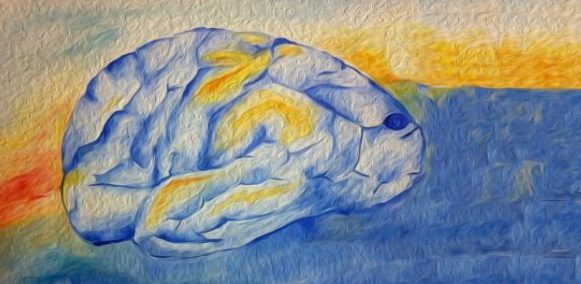Theoretical neuroscience
Theory of spike initiation, sensory systems, autonomous behavior, epistemology
Editor Romain Brette
Homeostatic Plasticity of Subcellular Neuronal Structures: From Inputs to Outputs (2016)
Winnie Wefelmeyer, Christopher J. Puhl, Juan Burrone
PubMed: 27637565 DOI: 10.1016/j.tins.2016.08.004
This review highlights recent findings on structural plasticity of synapses and the axonal initial segment (AIS). I was especially interested in the AIS part. Several recent studies show that the AIS can change position and length with different manipulations, for example photogenetic stimulation or high potassium depolarization. These structural changes are associated with changes in excitability, which the authors present as homeostatic, although they recognize the results are not so clear. In particular, structural plasticity depends on cell type (distal displacement in some cell types, proximal displacement in others) and other plastic changes (eg expression of ionic channels) occur and act as confounding factors. For example, high potassium depolarization makes the AIS of cultured hippocampal neurons move distally (Grubb & Burrone, 2010). I have shown that this displacement should in principle make the neuron (slightly) more excitable (Brette, 2013), but the opposite is seen in those neurons. There were however strong changes in membrane properties, so the causal relations are not so obvious, all the more that other changes, such as Nav channel phosphorylation might have occurred too. The authors cite Gulledge & Bravo (2016) to point out that attenuation between the soma and AIS could be responsible for the decreased excitability, but that paper was a simulation study were axon diameter was fixed (1 µm) while somatodendritic morphology was changed, but in reality small neurons also have small axons, so that the situation analyzed in (Brette, 2013) still applies, in principle. Another interesting finding reviewed in this paper is that GABAergic synapses on the AIS do not move when the AIS moves, and therefore the number of synapses between the soma and initiation site can change, which changes the effect of inhibitory inputs. All these observations call for theoretical studies, where the relation between geometrical factors and excitability is analyzed. Finally, I would like to point out that one of our recent studies (Hamada et al., 2016) shows that structural plasticity of the AIS can have a homeostatic effect not on excitability per se, but on the transmission of the axonal spike to the soma.
